
Photography by Chris Sullivan
The Tokyo Auto Salon (TAS) unleashes its newest creations onto the car world every January—for the past 38 years—and each ultimately sets the world aflame in different ways. Trends created in Japan flourish within the automotive field around the globe. So, if you’re a Japanese automotive enthusiast, it is the show to attend, period.
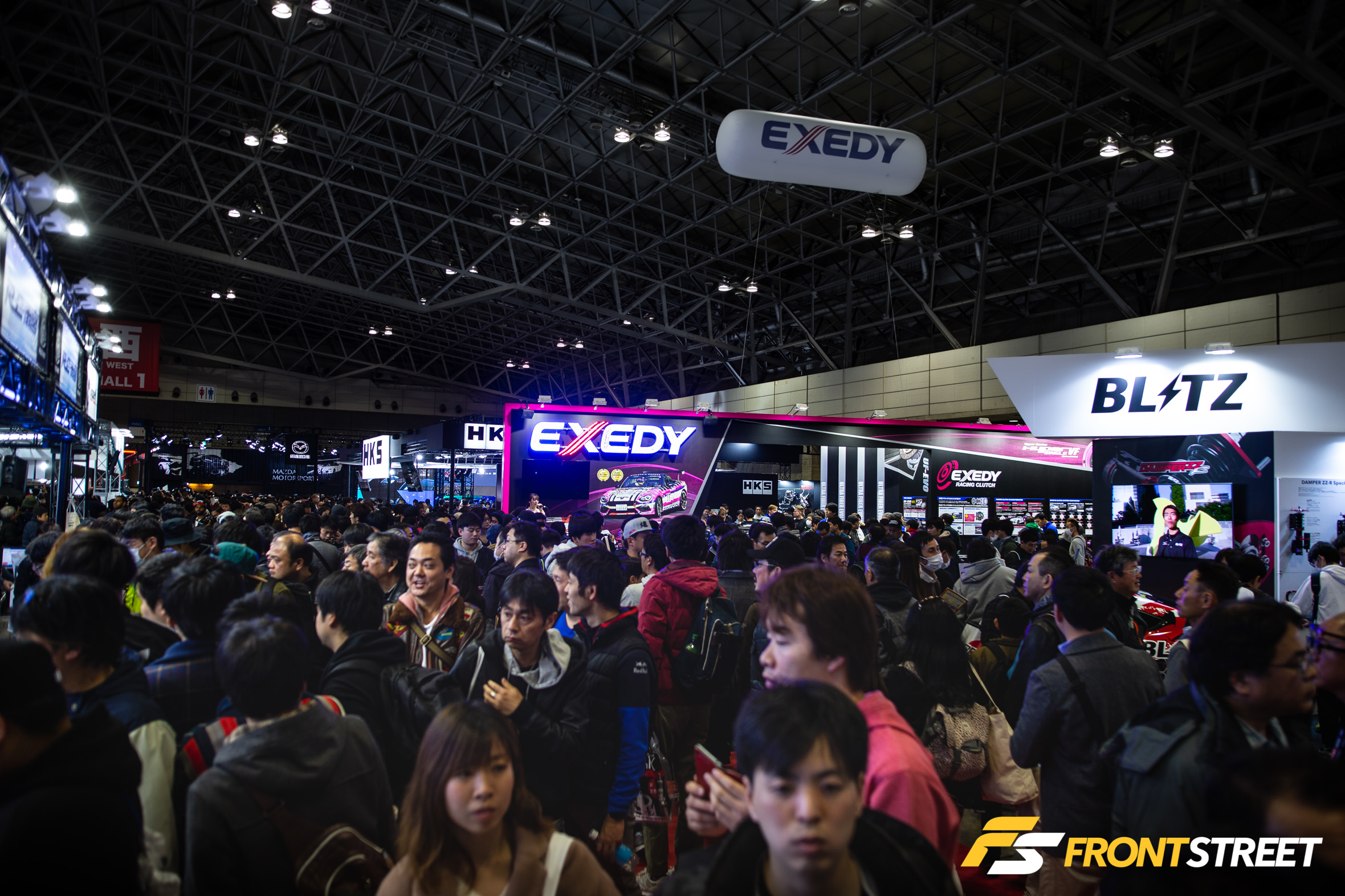
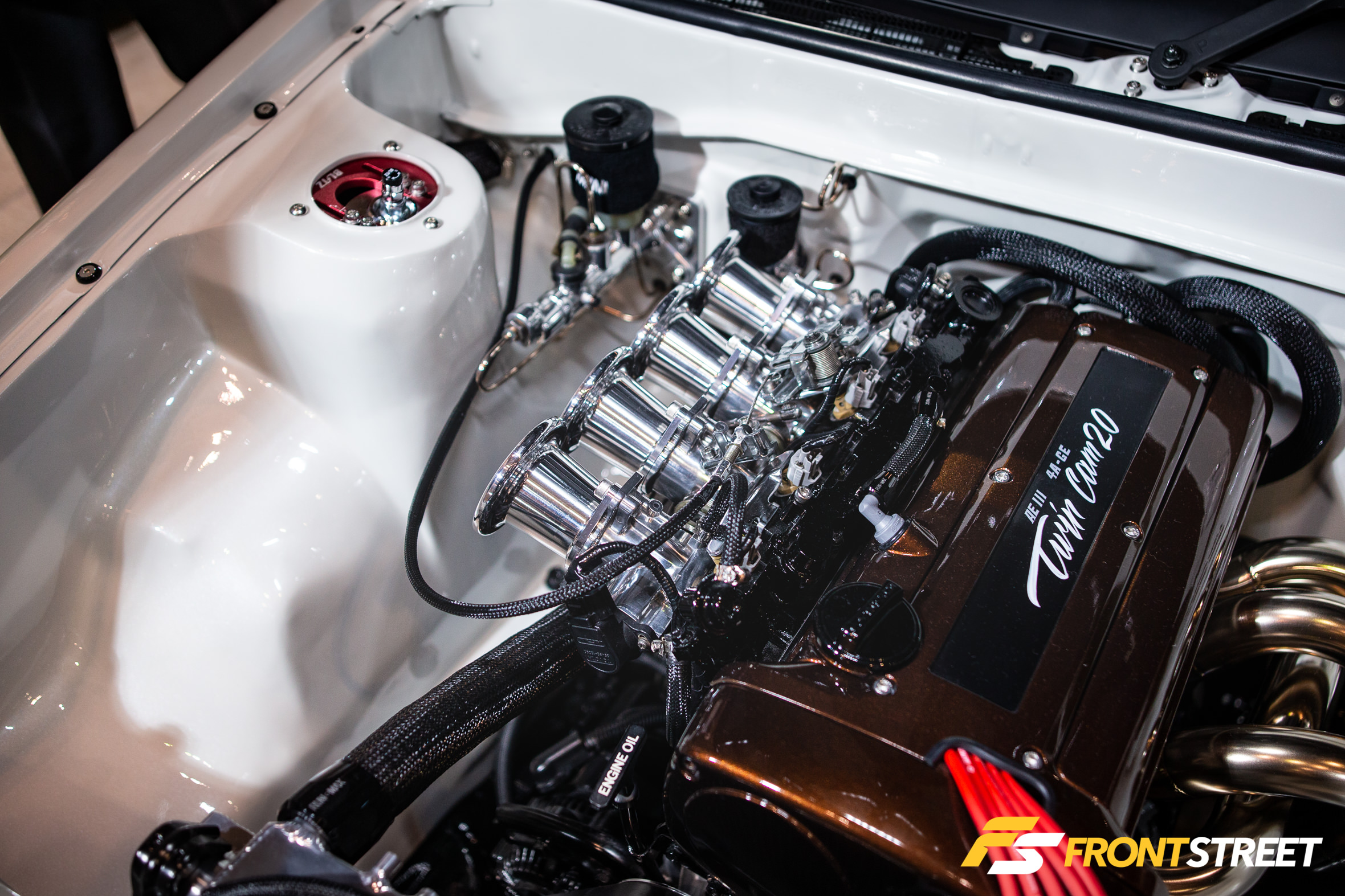
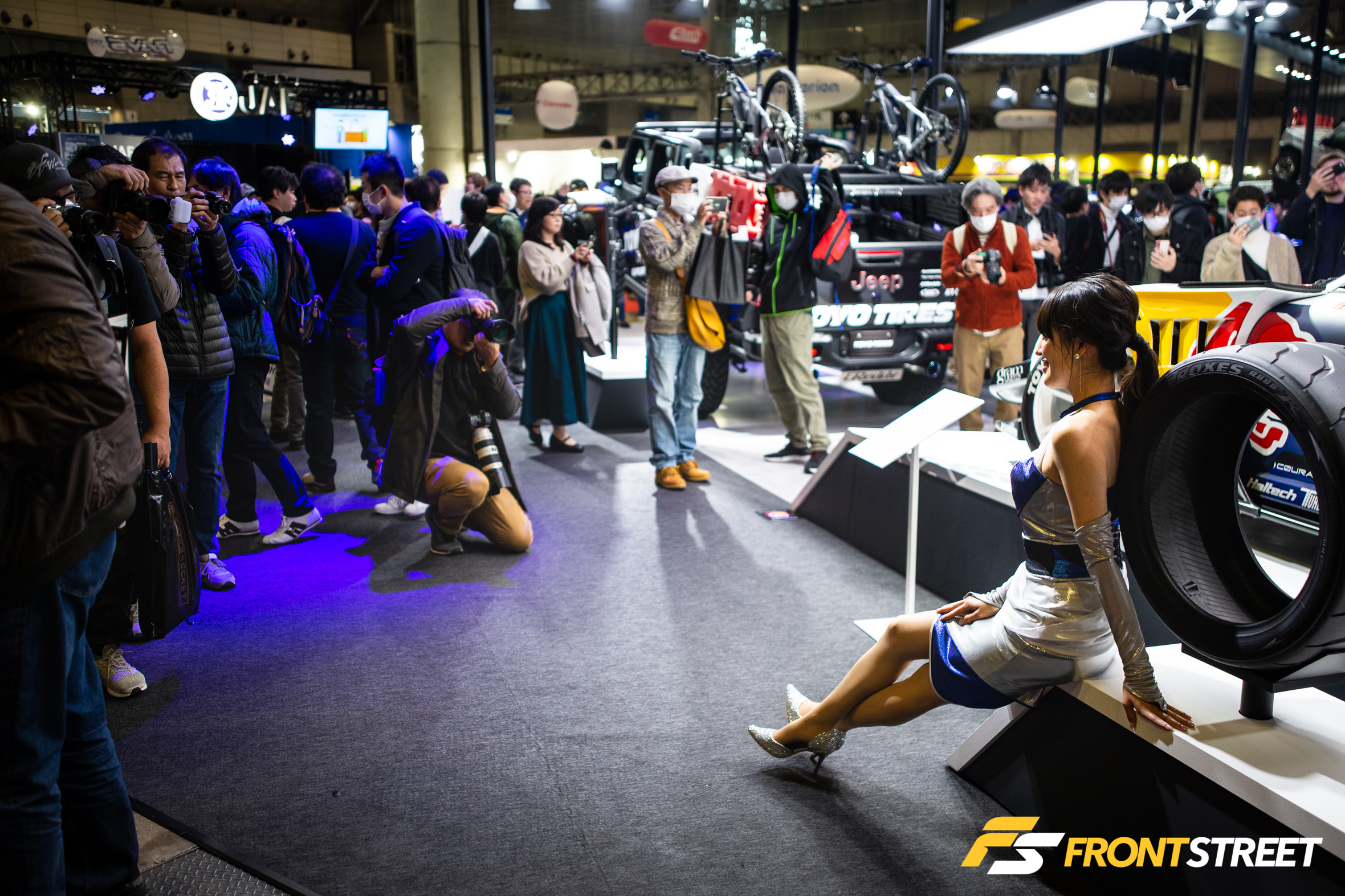
For those of us who were not included in the more than 336,000 attendees of this year’s gigantic tuning gallery, we have you covered with our highlights. The content at the Makuhari Messe in Tokyo, Japan, ranges from mild to wild with everything in between included in the mix. There are Lamborghini Miura kit cars, stripped-down, raw carbon fiber Super GT racecars, and even a newly revamped Honda Civic directly modified by Honda Access, which is the manufacturer’s optional equipment brand. It’s certainly an eclectic mix of styles, but each connects through the Japanese technique of meticulousness. Enjoy!
4LAWS Porsche 911s
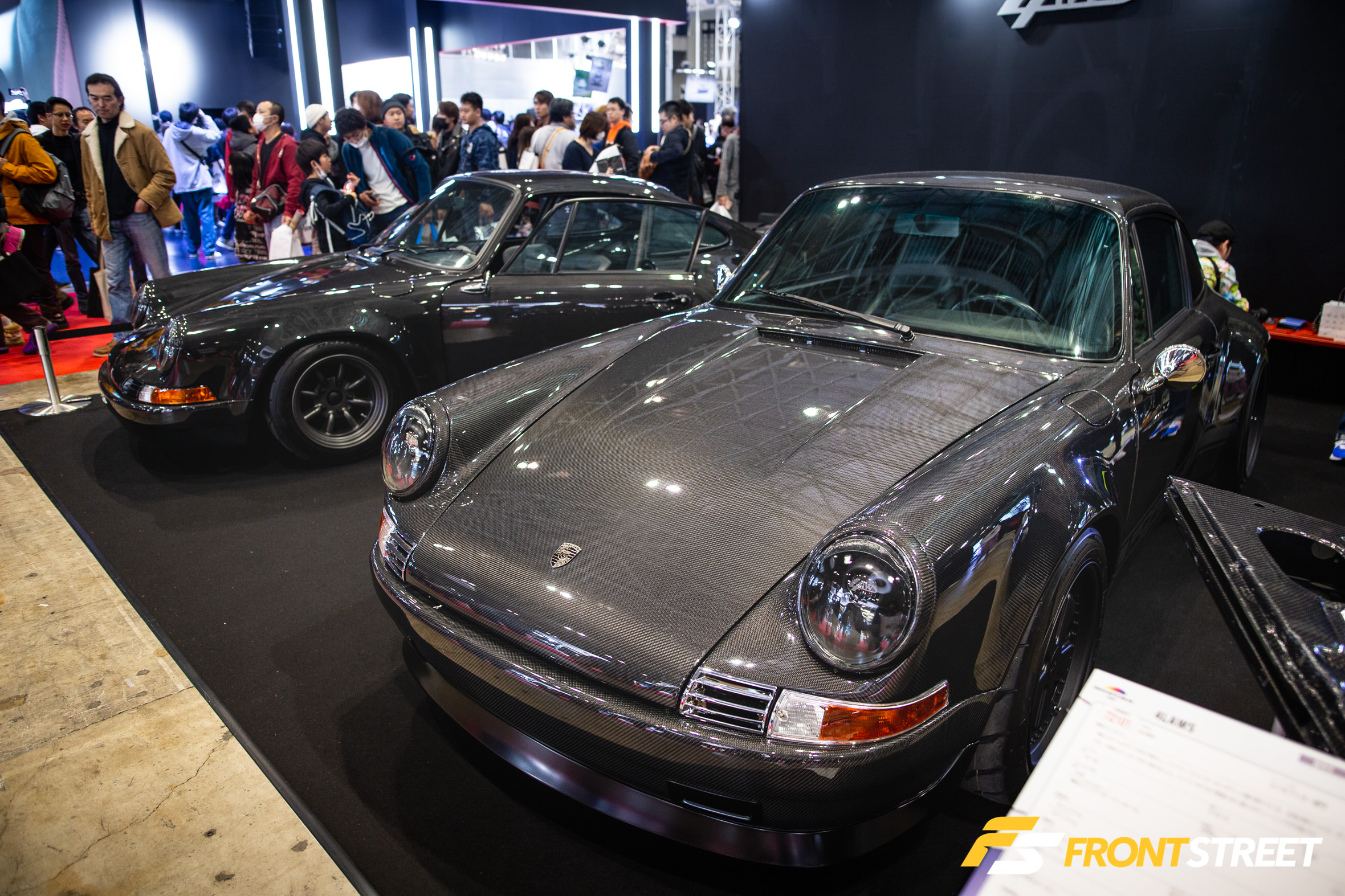
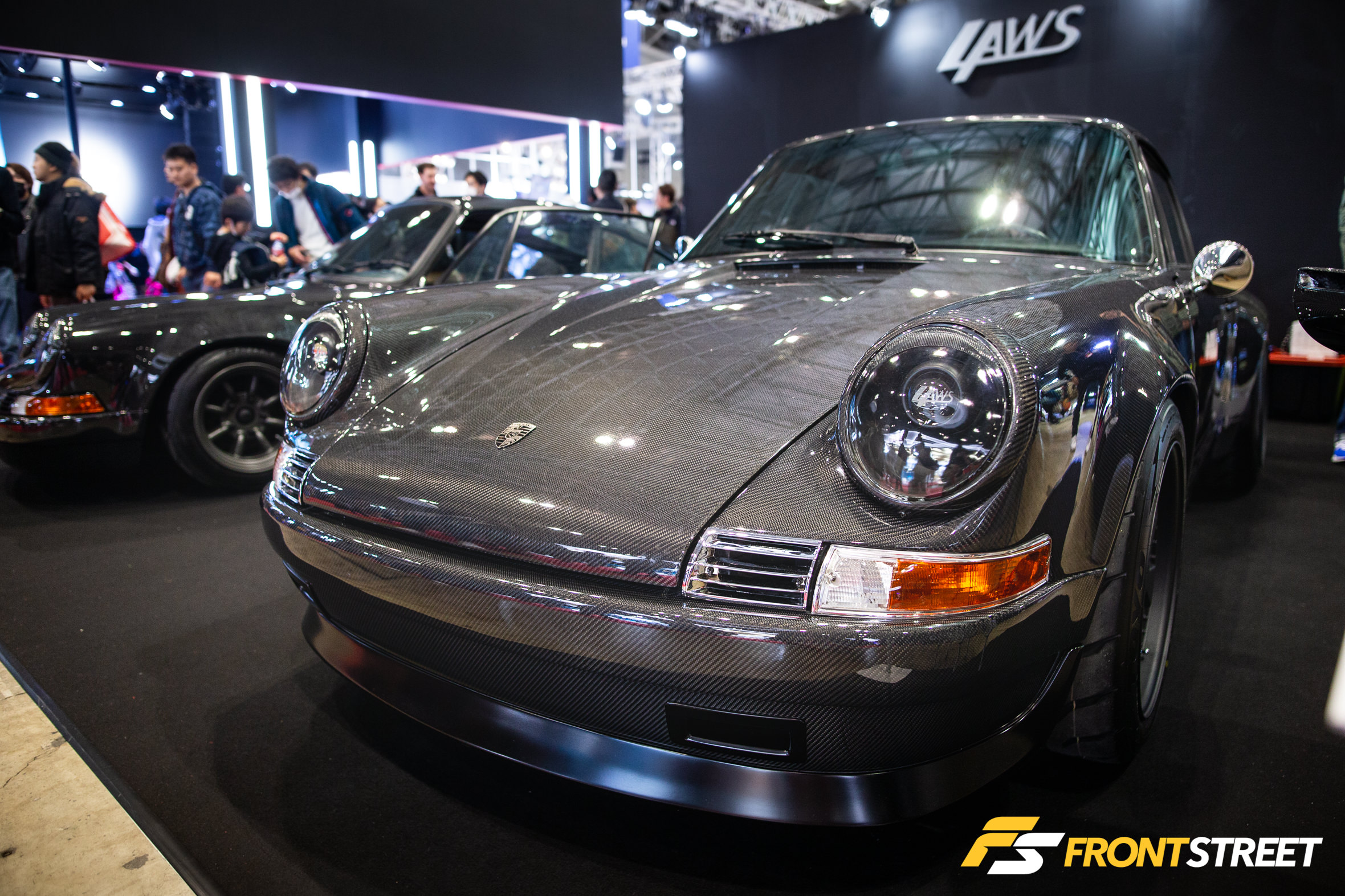

Yep, those are full carbon fiber-bodied Porsche 911s—longnose and all. While both cases carry the vintage front end proudly, the Tokyo-based 4LAWS custom shop started these projects with a 911SC and 993-chassis 911. You won’t find any of that onerous steel on the pair of chassis, either. The molded bodies consist of a combination of wet and dry carbon fiber. The fiber not only improves the rigidity of the panels but offers massive weight savings over the OE materials. The ghosted Porsche graphics on the door and the overwhelmingly J-spec RS Watanabe wheels are indeed the icings on the cake. A flawless carbon fiber Porsche 911 door even provided a delicate sanctuary for the company’s business cards. If you consider the excessive price that any metal-bodied 911 is currently fetching, at a mere ¥20M—about $180K in USD—the 4LAWS cars are well worth their weight in carbon.
Liberty Walk LB-EBR34 Super Silhouette
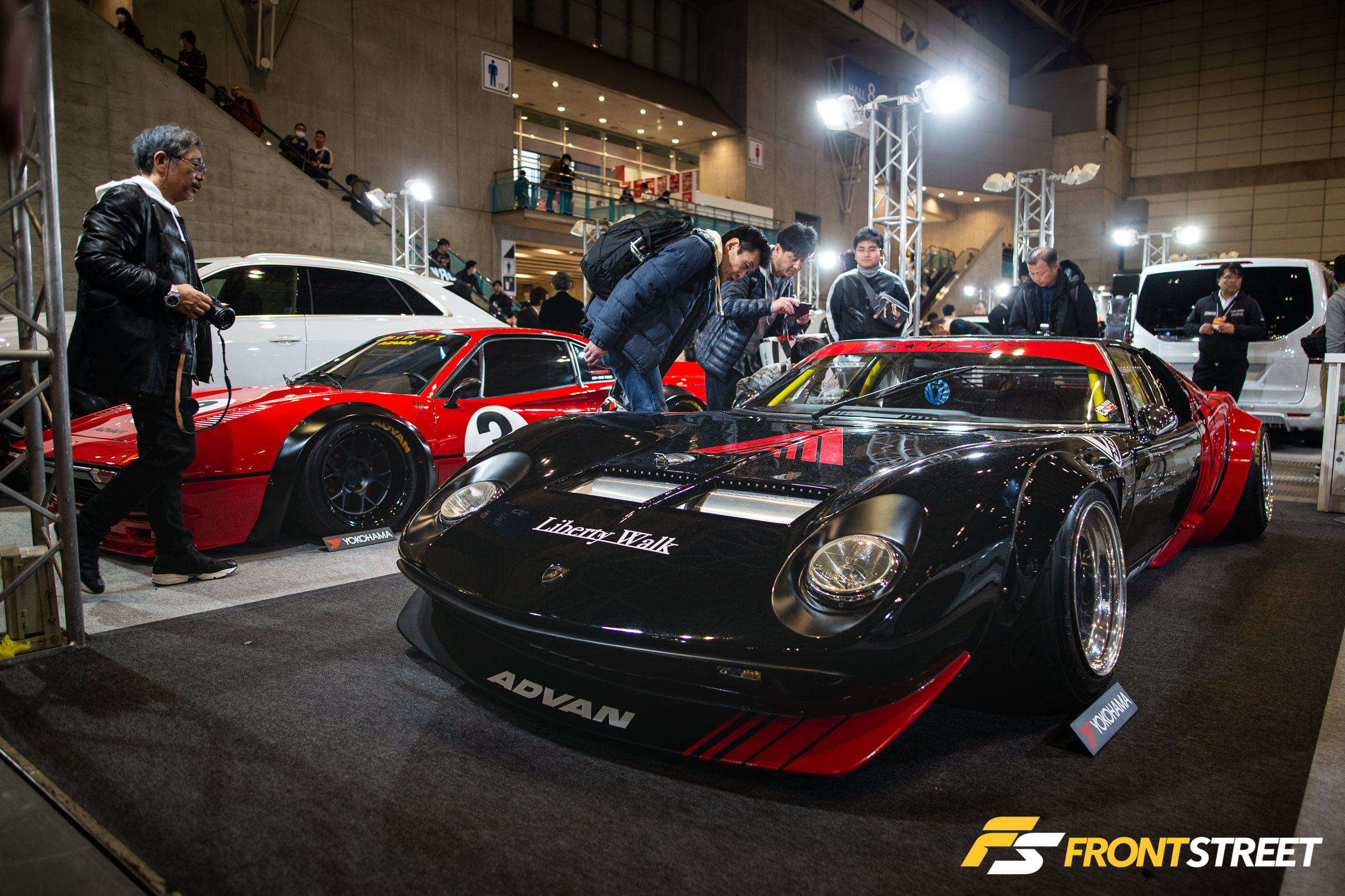
Liberty Walk did the damn thing this year. After creating buzz last year with the Advan-liveried Lamborghini Miura kit car in the company’s booth, it had some big shoes to fill. For 2020, they did not disappoint. The fleet in the company’s box revolved around widened exotics dressed to-the-T in slippery paint jobs and outfitted with unique wheel designs. Still, it was one particular car that stole my attention—the LB-EBR34 ‘Super Silhouette.’
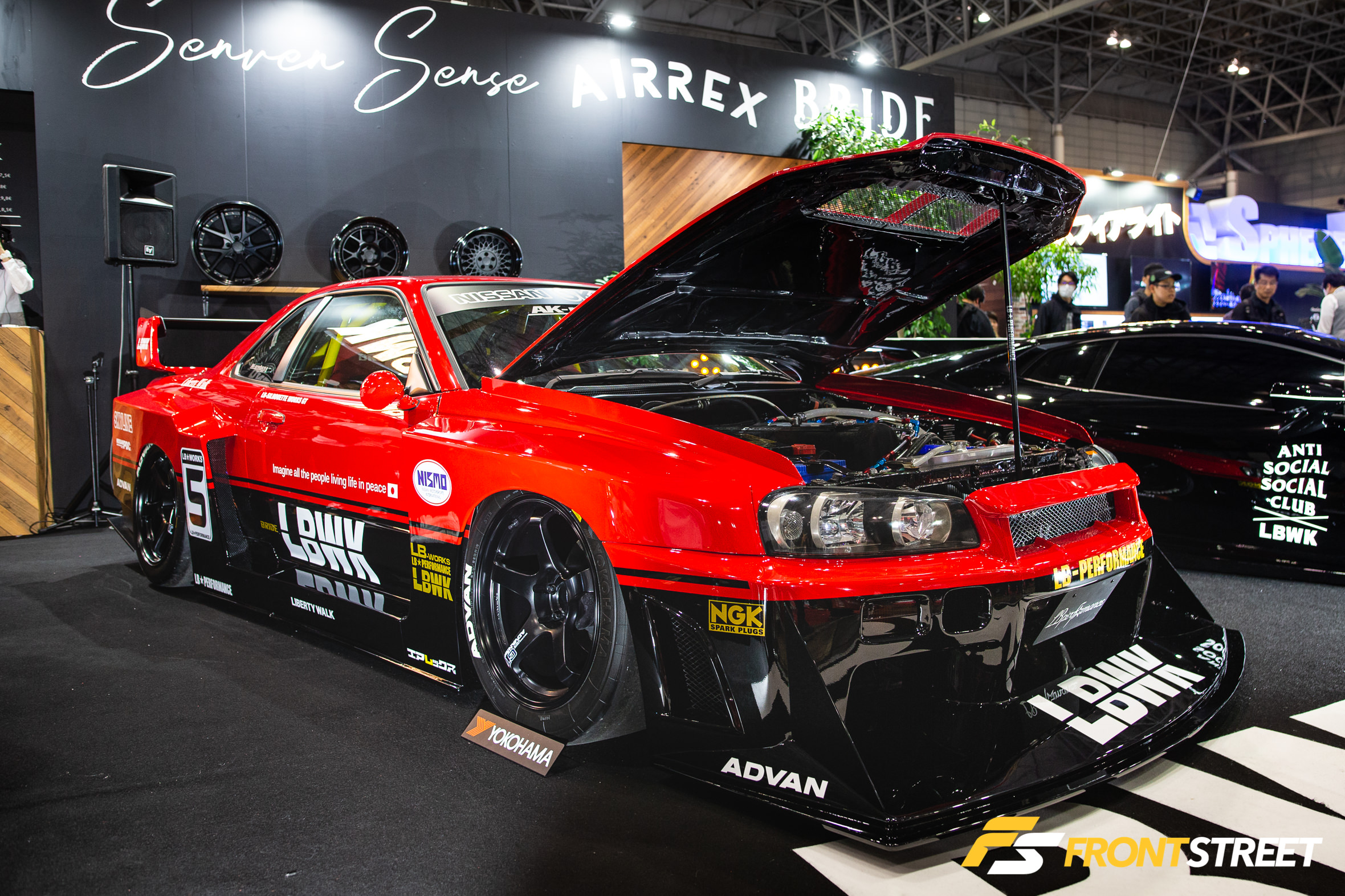
Liberty Walk reimagined the vintage Hasemi Racing DR30 Super Silhouette icon of yesteryear by applying the boxy, outlandish features to the newer-generation Skyline in supreme style. I’m very picky with my appreciation of nostalgic reinterpretations, and this one hits all of the marks. I not only love how the styling effortlessly matches that of the vintage racer but also how well the boxy design cooperates on the smoother R34. I appreciate seeing the modern flair of the new Advan GT Premium wheel used rather than trying to mimic the classic SSR Turbofan look from the DR30. The paint scheme, the tribute livery adapted to promote Liberty Walk, and the slick Advan tires enrobing the wide wheels are all precise details that bring the whole car together for me.
Rohan Izawa Art Design
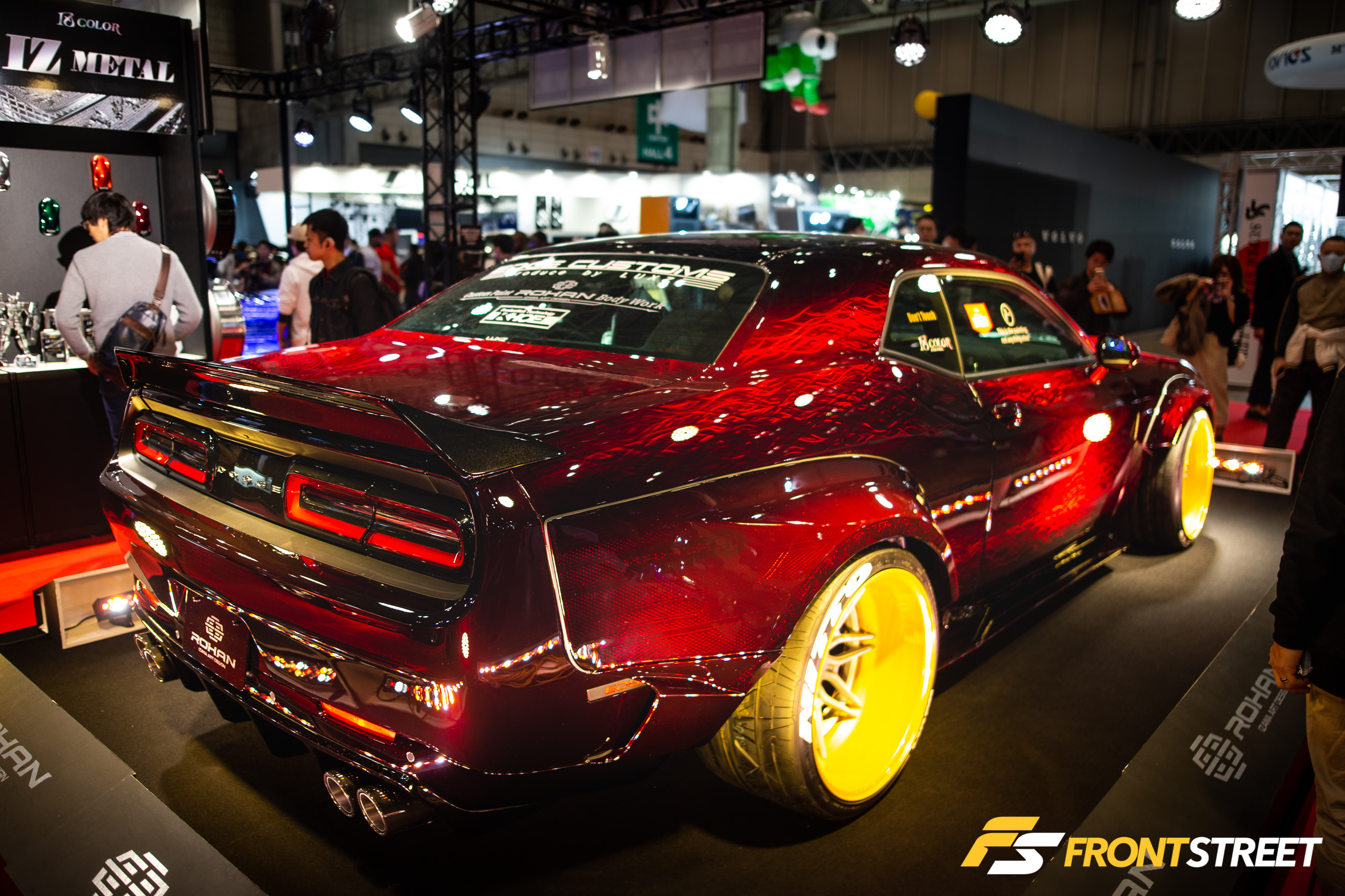
One of my personal favorites from TAS—or in recent years from the SEMA Show—are the creations made by Rohan Izawa Art Design. You’ll remember, it famously constructed one-of-a-kind automotive masterpieces. By adopting a process where bodywork specialists carve every inch of the project cars, only Rohan’s dedicated artists produce intricate designs like these. Similar to past Rohan projects, the ROHAN x EDGE SRT Hellcat was still covered nose-to-tail in an elaborate design. However, the difference this year lies in the type of paint covering its panels. A glossy, metallic, and colorful hue serves as the base for the deep, hand-crafted patterns occupying each separate panel. With wavy, flowing streaks down the door, the widened fenders host a figure closer in appearance to past projects. The company’s work never ceases to amaze, and—in a time of ever-increasing wrap designs—always proudly displays a sticker on the car’s windows stating that only paint covers the car.
Super GT Racecars
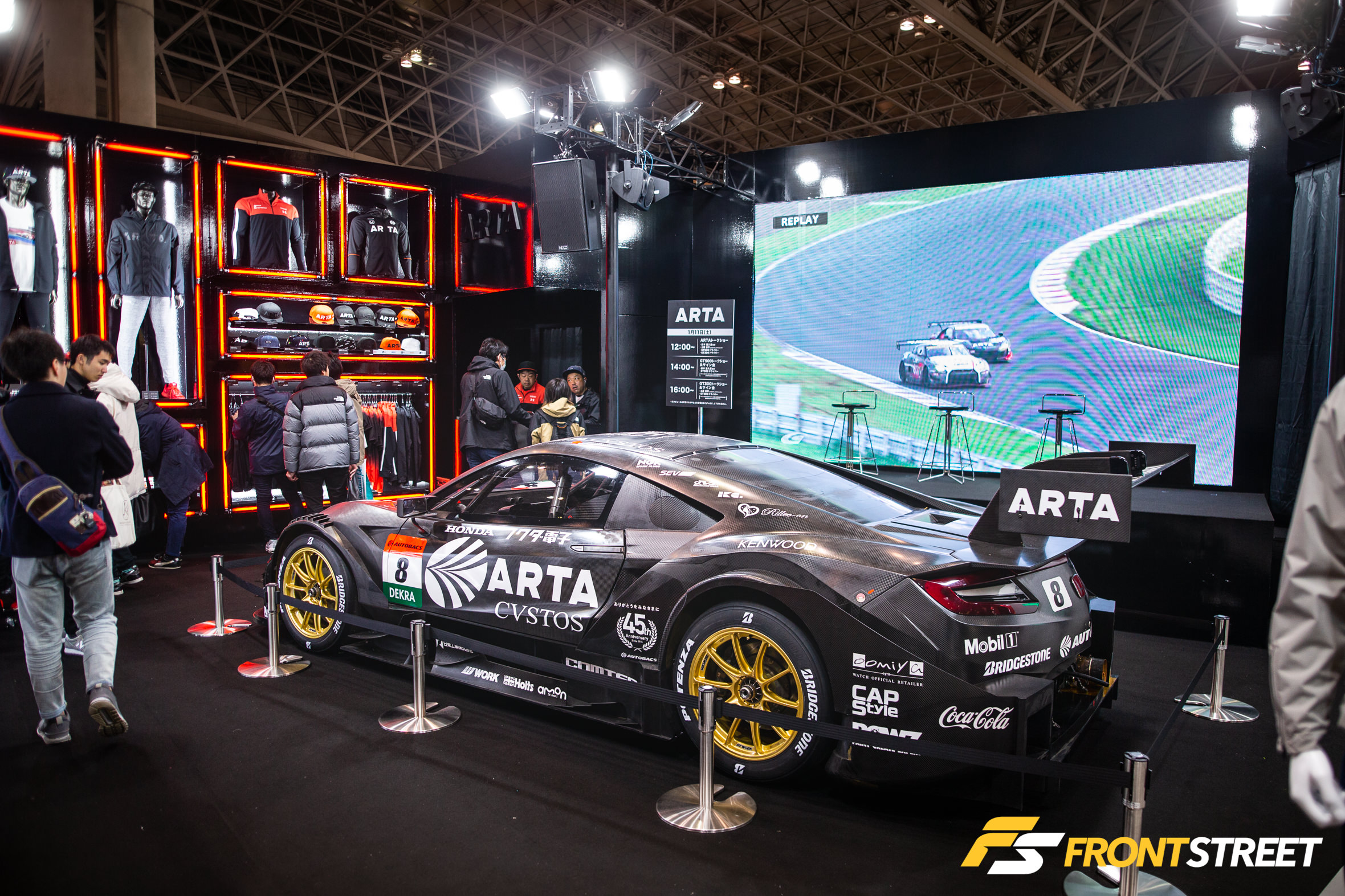
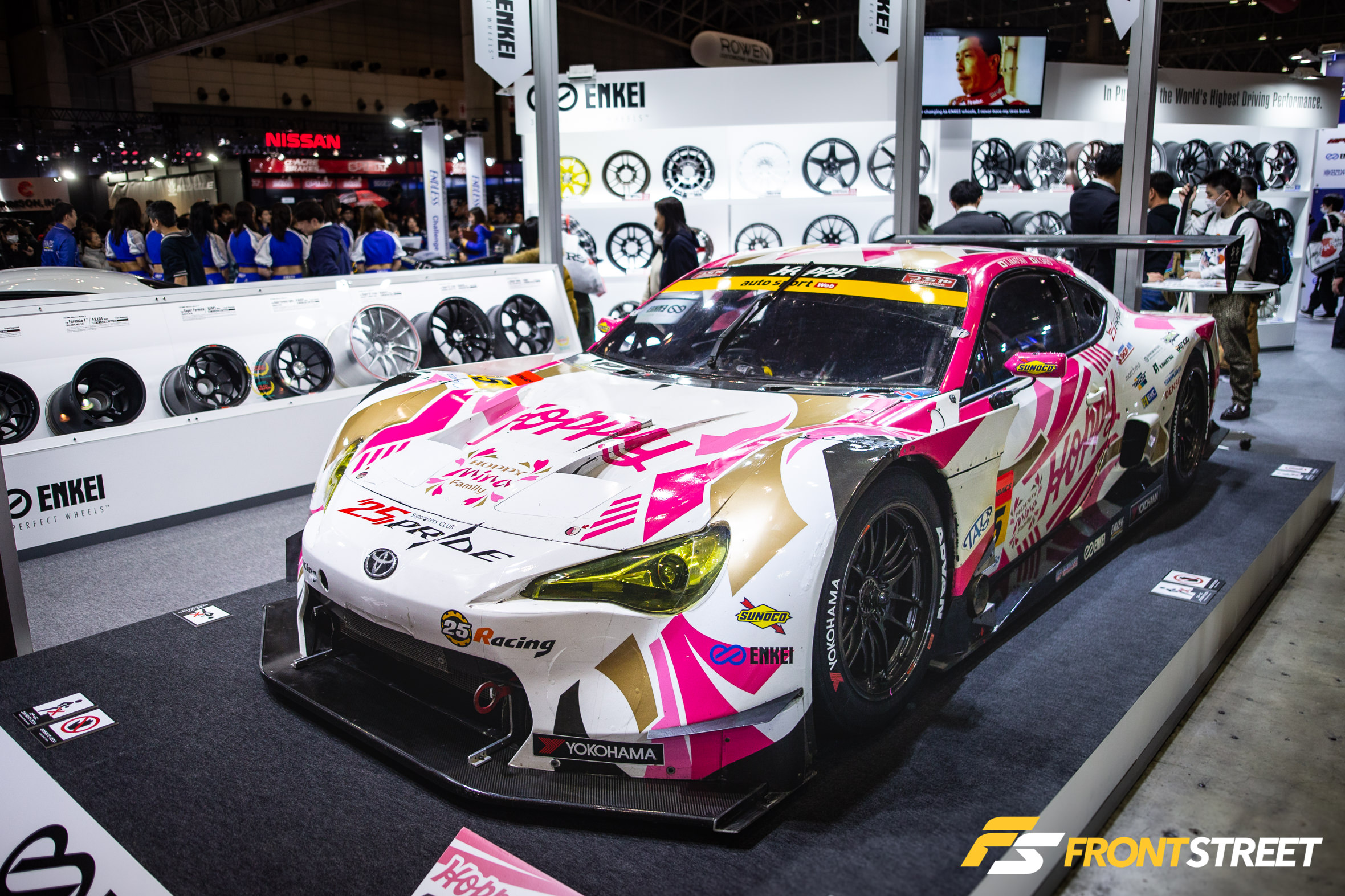
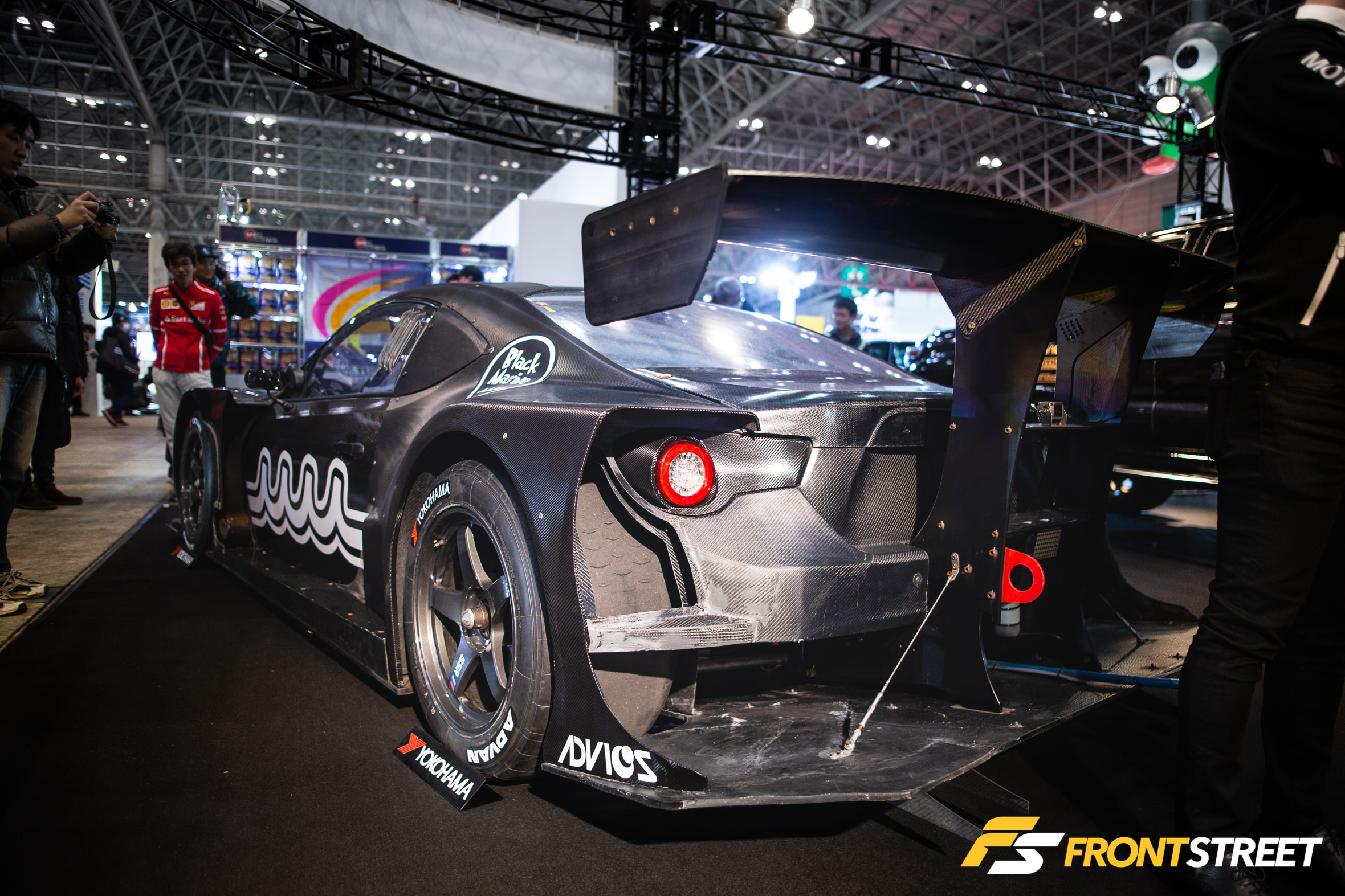
What would a TAS article be without me babbling incessantly about one of my favorite forms of racing: Super GT? It wouldn’t be complete. But to my delight, there was no shortage of examples from the elite domestic sportscar racing league at this year’s Auto Salon. Whether you like their raw carbon stages like the ARTA GT500-class NSX entry or full race guise like the Hoppy GT300-class Toyota 86, there were purpose-built performance machines from the series throughout the entire floor.


One of the examples I need to mention is this new 2020 GT500 NSX-GT. You see, in the GT500 class of Super GT, factory-backed entries from three of Japan’s leading manufacturers—Honda, Nissan, and Toyota—make up the entire class field. The regulations dictate every car in this class starts with a front-engine, rear-wheel-drive layout. It’s not very much of an issue since a carbon fiber monocoque begins the construction for these GT500 cars and not their road-legal compatriots.
However, since their HSV-010 six years ago, Honda has been campaigning with a mid-engined rear-wheel-drive layout NSX and merely accepting a weight penalty every race. The company wanted the racecar to match that of the road car and felt so strongly about the MR layout’s benefits they chose to accept a penalty rather than conform. That is, until now.
For 2020, Honda introduced its new challenger, a front-engined, rear-wheel-drive NSX-GT. Changing the driveline is all part of getting the Super GT vehicles to match Class One technical regulations. This set of rules will allow for joint competitions with the DTM racing series in Germany. I am curious if conforming will prove beneficial to the Honda cars, or if they’ll struggle to reign a proper setup after working with the MR layout for so long. I suppose we’ll have to wait and see.
Up Garage
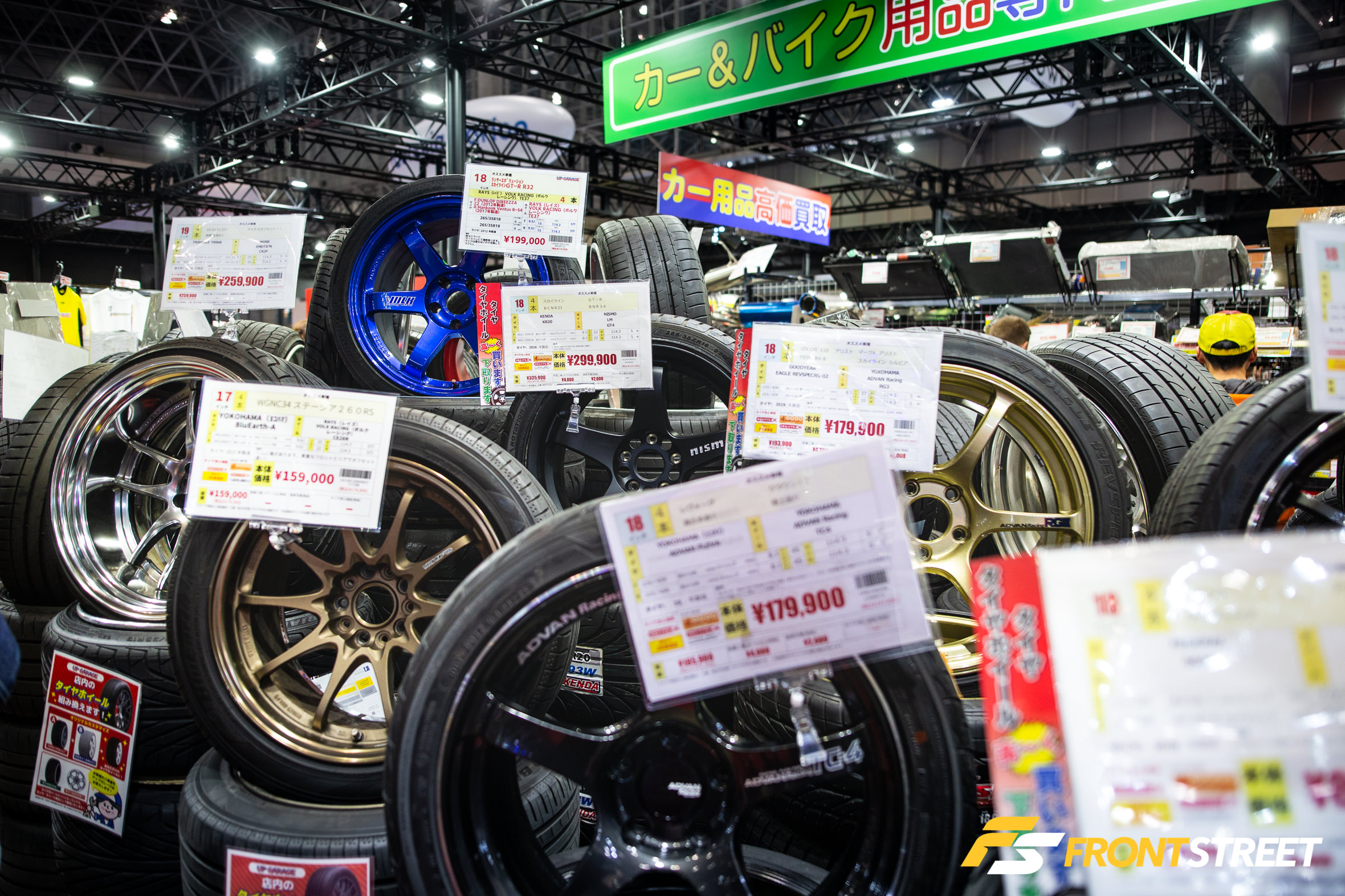
To buy or sell our weathered automotive treasures, America has Craigslist (which charges $5 per listing now, so you know), eBay, Facebook Marketplace, and even private sellers on Instagram. However, something that is missing is a dignified preferred seller of quality used aftermarket pieces. In Japan, they have Up Garage, and each isolated storefront is like a candy store for adults. For its booth at TAS, the company organized a makeshift version of its stores. The result filled gently used wheel/tire packages, intercoolers, body panels, and even interior accessories into its space. If you stumbled onto the part of your dreams within the aisles, Up Garage also handles shipping it back home for you.
HKS Co., Ltd. Japan
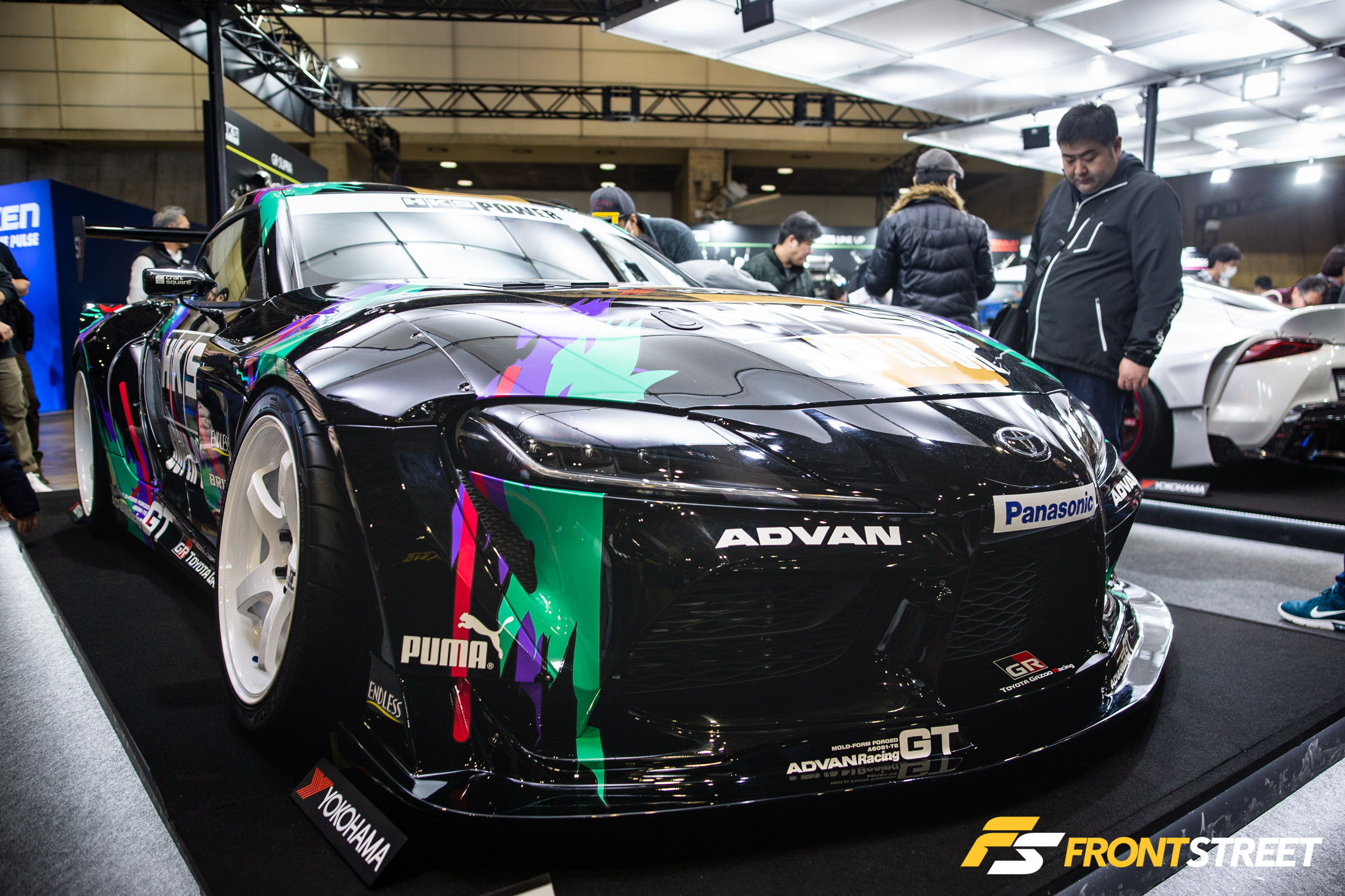
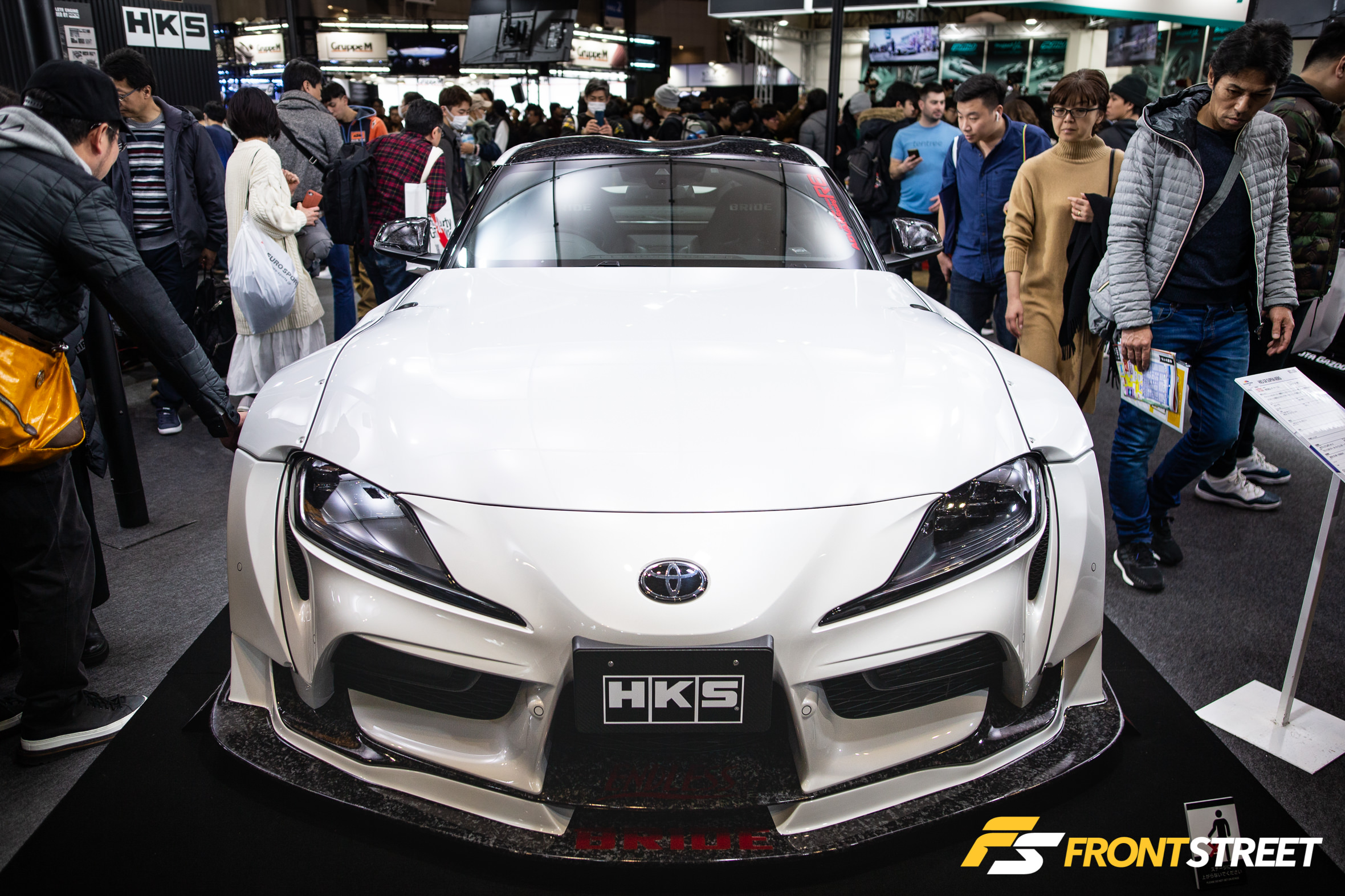
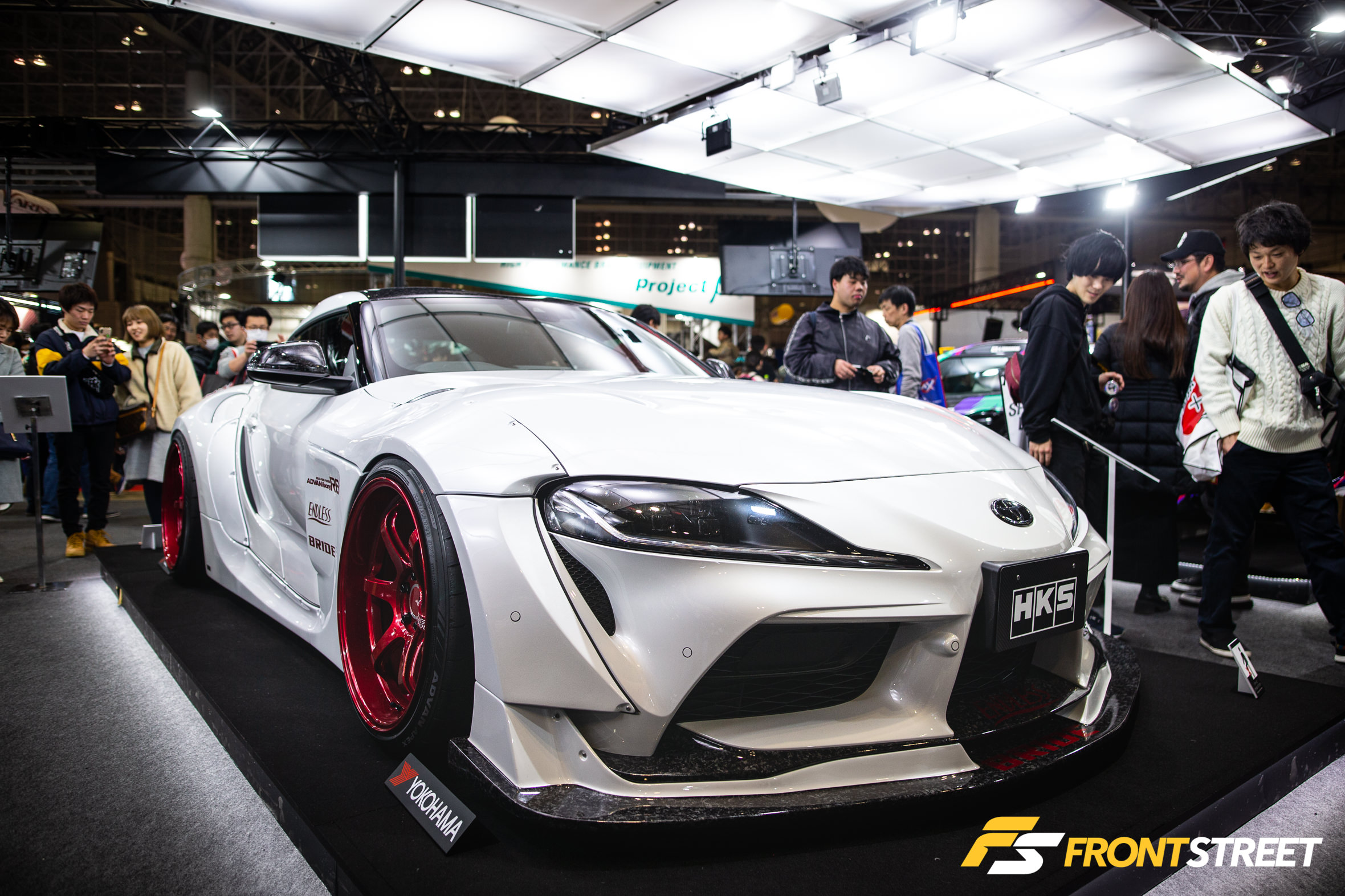
A company that needs no introduction is the Japanese tuning phenom, HKS. It is responsible for breaking countless motorsports records over the years, building wild racecars that compete around the globe, and producing remarkable aftermarket automotive parts. For 2020, the godfather of the Japanese aftermarket displayed a GR Supra in two different stages within its hygienic booth spaces. One model dressed in sleek black paint and adorned with the HKS splash livery showcased the new HKS widebody kit in race trim. Contrasting and adjacent to the black model was this gleaming street version enveloped in white with red wheels. This version displayed the use of superior forged carbon fiber in the widebody kit. It’s an exciting option for any enthusiast looking to emulate the appearance of exotic vehicles by equipping their Toyota with the popular synthetic fiber.
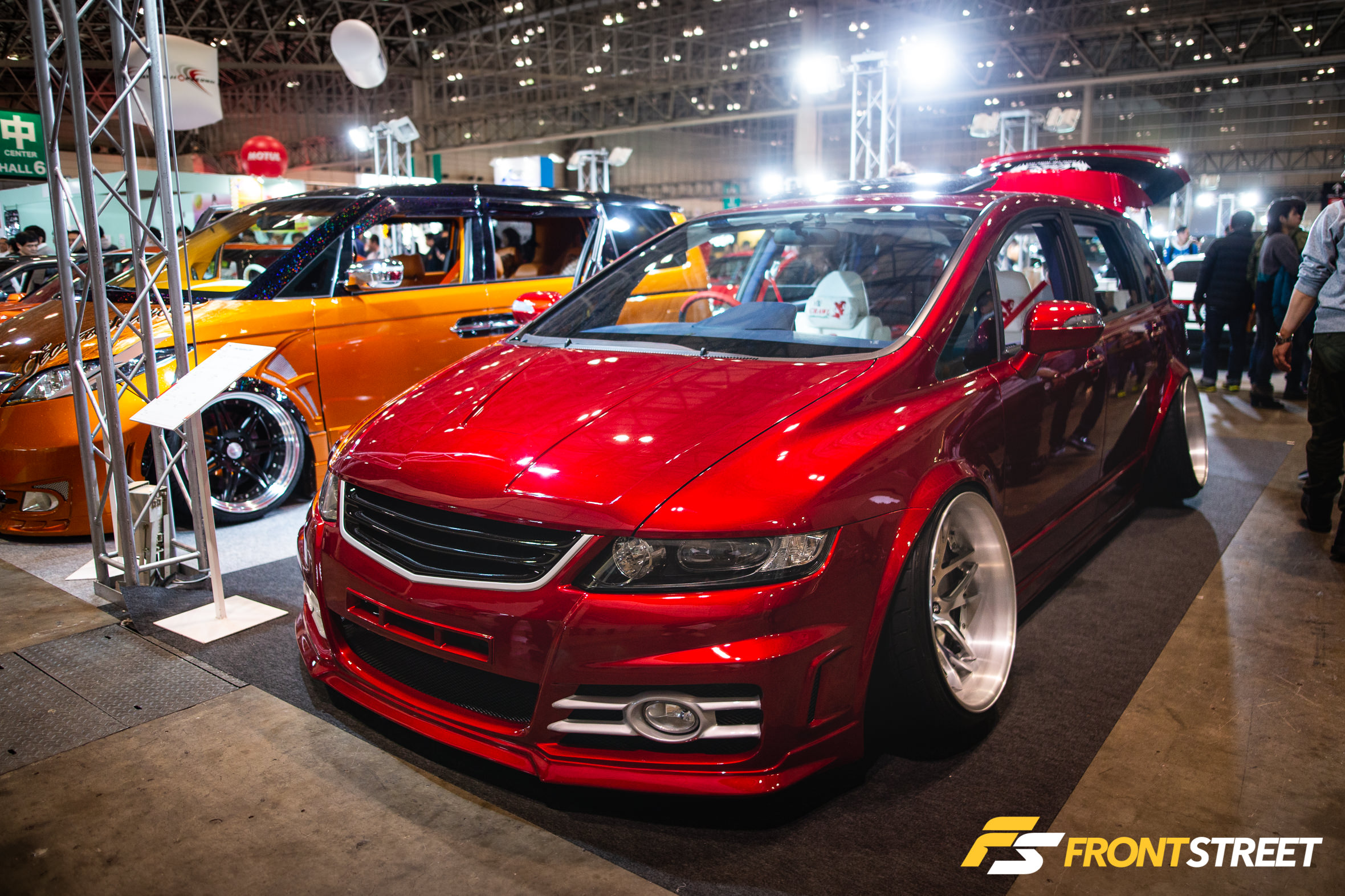
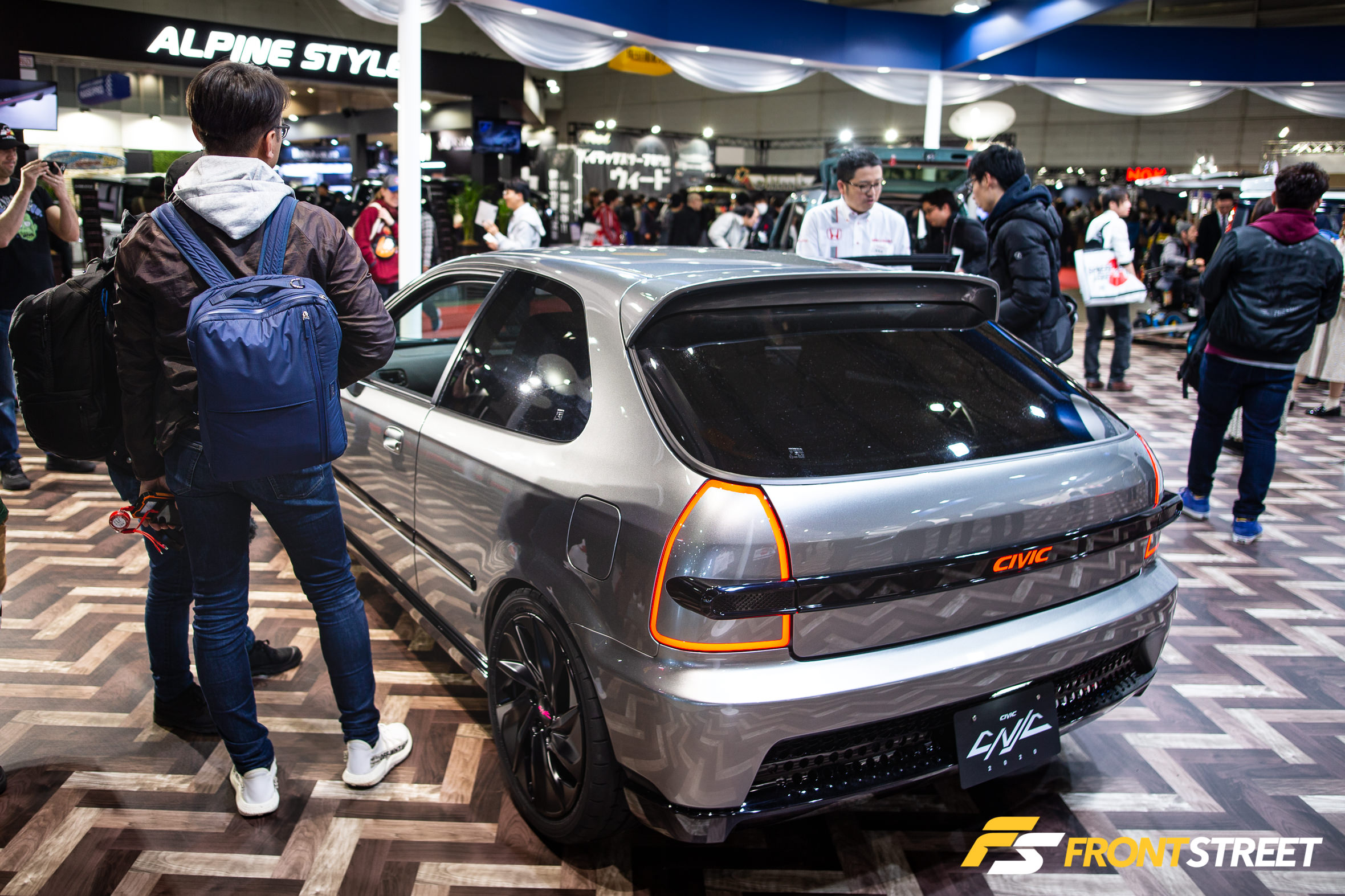
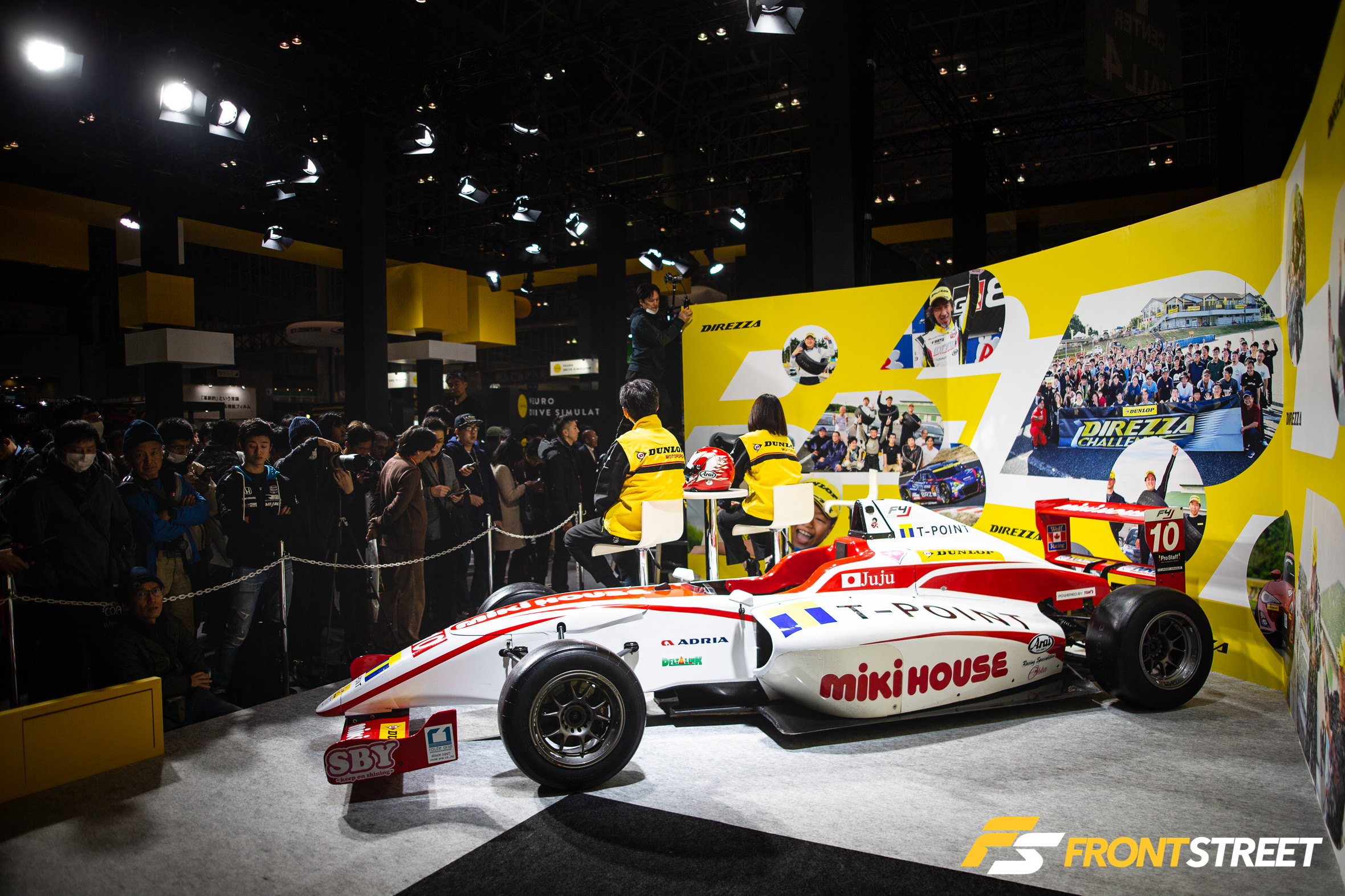
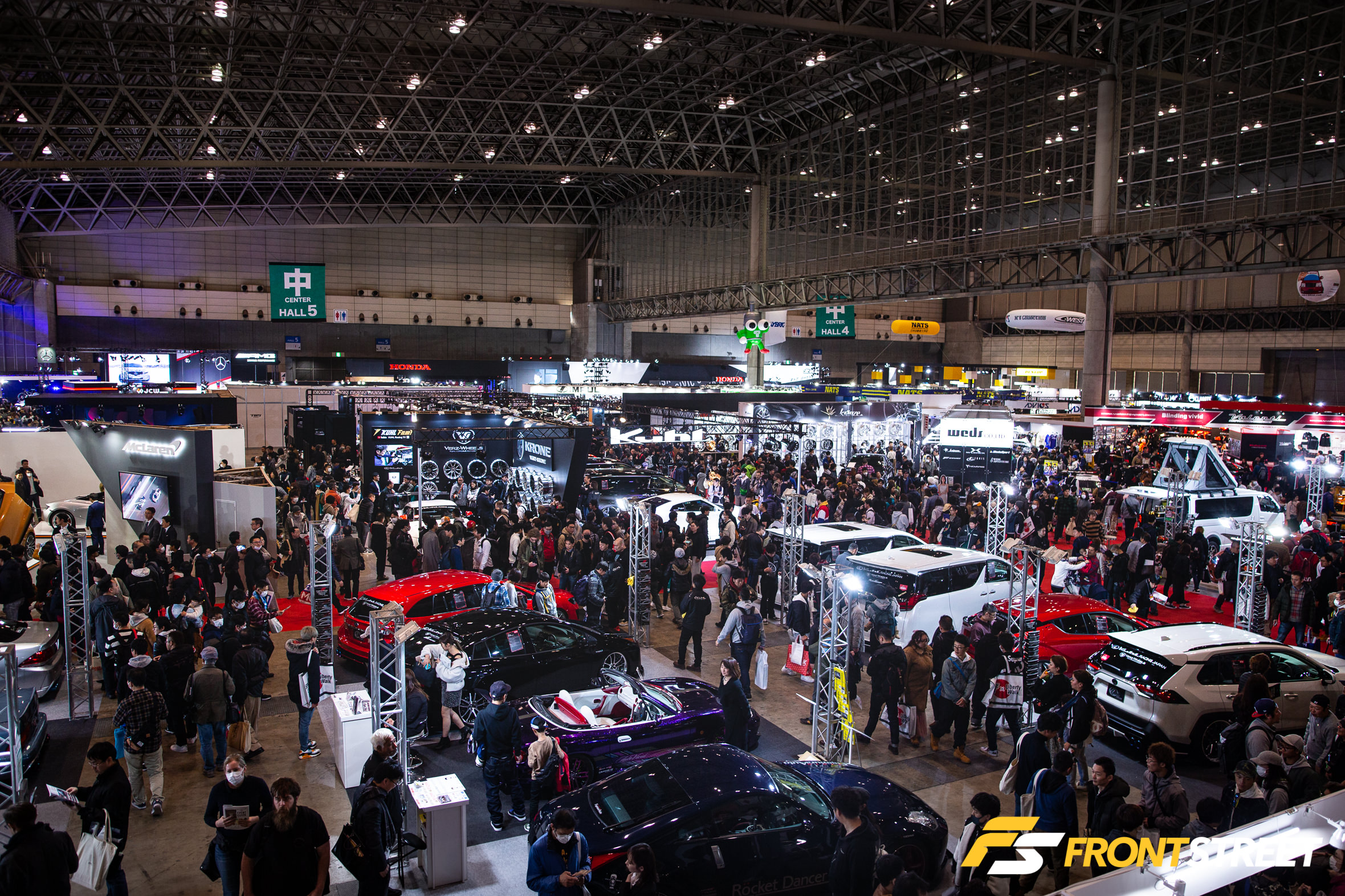
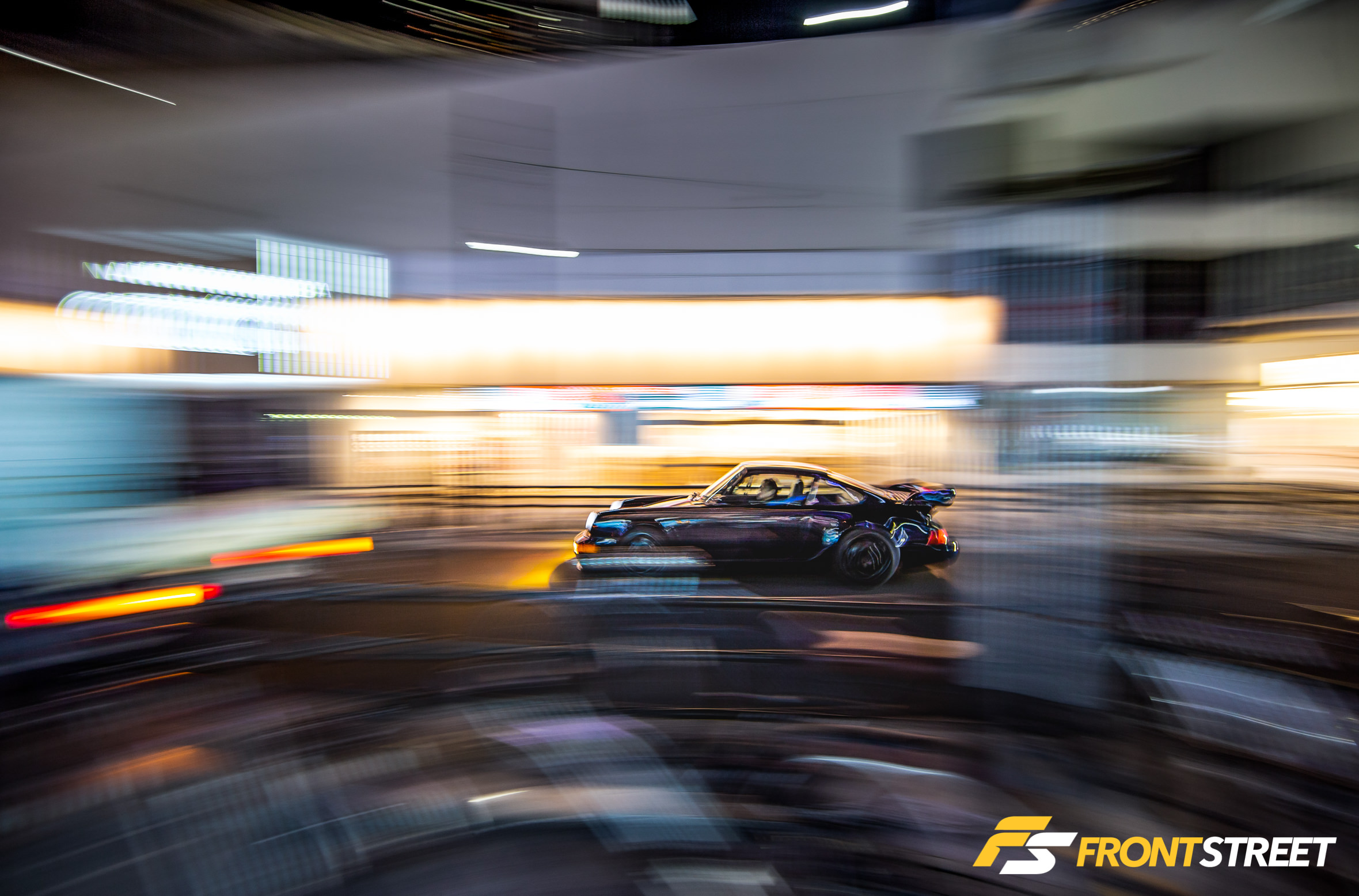
Tokyo Auto Salon continues to be one of the most influential events in the automotive realm. Each year new features of aftermarket focus make up its DNA, with an overarching commitment to quality. I’m excited to see what new products, styles, and trends this show births in the coming months. If you need more, please take a look at the gallery below and scan everything else TAS had to offer.























































































